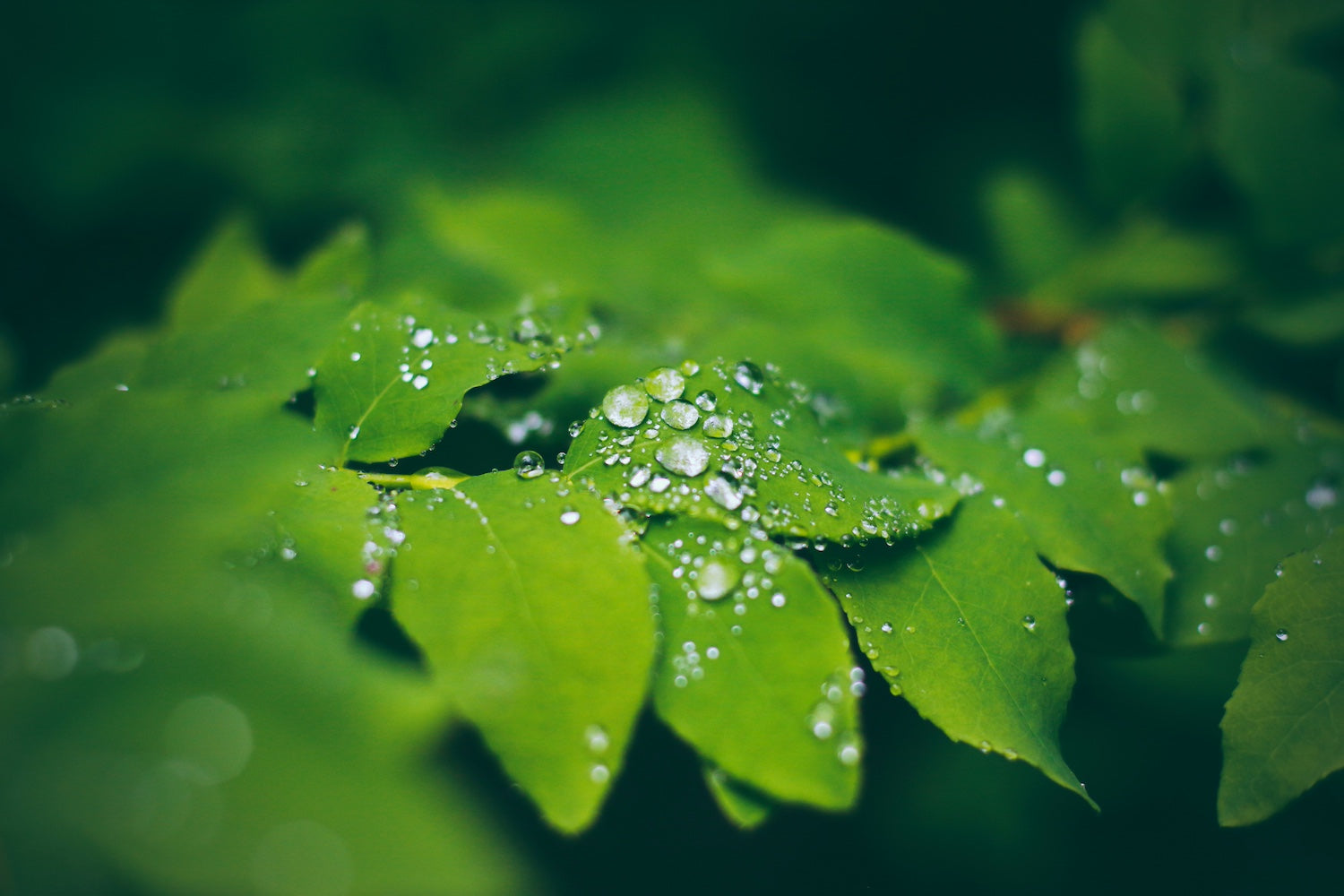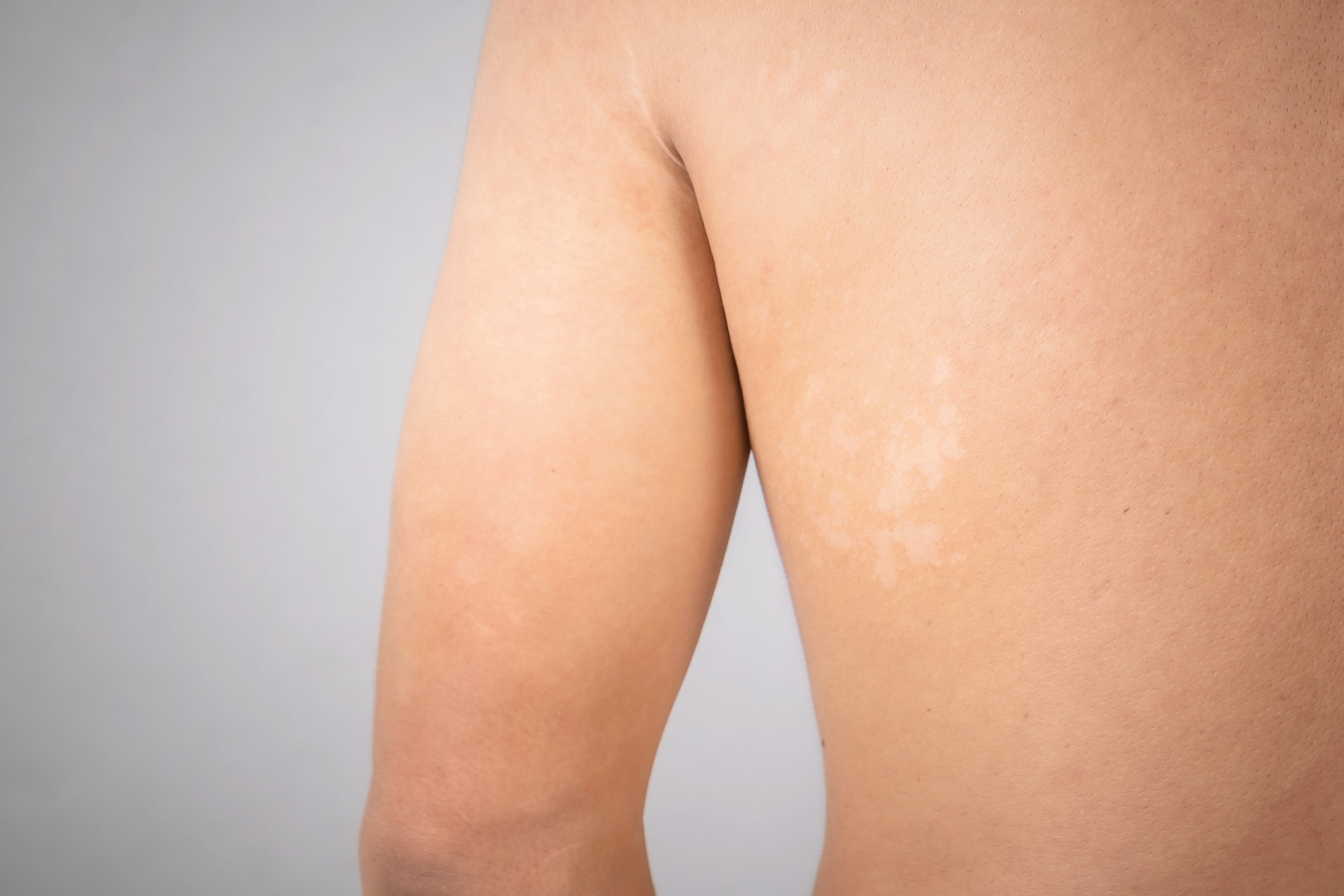Cart
0
Tinea versicolor, a common fungal skin infection, can be influenced by various environmental factors. Among these, humidity stands out as a significant contributor to the development and persistence of tinea versicolor. In this blog post, we delve into the relationship between tinea versicolor and humidity, understanding how moisture levels impact the growth of the underlying yeast and exploring preventive measures to manage this condition effectively.
1. The Role of Humidity:
Humidity refers to the amount of moisture present in the air. It plays a crucial role in creating an ideal environment for the growth of the fungus responsible for tinea versicolor, namely Malassezia. High humidity levels provide the moisture necessary for Malassezia to thrive and multiply on the skin's surface, leading to the development of tinea versicolor.
2. Humidity and Fungal Growth:
Malassezia, a type of yeast that naturally resides on the skin, can become problematic when it overgrows. High humidity promotes the proliferation of Malassezia by creating a warm, damp environment that favors its reproduction. The yeast feeds on the skin's natural oils, breaking them down into substances that trigger an immune response and result in the characteristic patches of tinea versicolor.
3. Humidity and Sweat:
Sweating is a natural response to heat and physical activity, and it can exacerbate tinea versicolor in humid conditions. Sweat provides moisture, creating an environment conducive to fungal growth. When sweat accumulates on the skin, it can further fuel the overgrowth of Malassezia, leading to more pronounced symptoms of tinea versicolor.
4. Managing Humidity-Related Tinea Versicolor:
a. Keep Skin Dry: Maintaining dry skin is crucial in managing tinea versicolor. After bathing or sweating, thoroughly dry the affected areas, paying close attention to skin folds and areas prone to perspiration.
b. Wear Breathable Fabrics: Opt for loose-fitting, breathable clothing made of natural fibers like cotton or linen. These materials allow air circulation and wick away moisture from the skin, minimizing the conditions in which Malassezia thrives.
c. Control Indoor Humidity: Use dehumidifiers or air conditioners to maintain lower humidity levels indoors, especially in humid climates or during the summer months.
d. Avoid Prolonged Moisture Exposure: Minimize activities that lead to prolonged moisture exposure, such as staying in wet clothes, swimwear, or damp environments for extended periods. Promptly change into dry clothes after swimming or exercising.
Conclusion:
Humidity plays a significant role in the development and persistence of tinea versicolor. The warm, moist conditions created by high humidity levels provide an optimal environment for the overgrowth of Malassezia yeast. By managing humidity levels, keeping the skin dry, and adopting preventive measures, you can effectively mitigate the impact of humidity on tinea versicolor. Remember, a comprehensive approach that combines environmental control, proper hygiene, and targeted treatments can help you better manage this common fungal infection and maintain healthier skin.
1. The Role of Humidity:
Humidity refers to the amount of moisture present in the air. It plays a crucial role in creating an ideal environment for the growth of the fungus responsible for tinea versicolor, namely Malassezia. High humidity levels provide the moisture necessary for Malassezia to thrive and multiply on the skin's surface, leading to the development of tinea versicolor.
2. Humidity and Fungal Growth:
Malassezia, a type of yeast that naturally resides on the skin, can become problematic when it overgrows. High humidity promotes the proliferation of Malassezia by creating a warm, damp environment that favors its reproduction. The yeast feeds on the skin's natural oils, breaking them down into substances that trigger an immune response and result in the characteristic patches of tinea versicolor.
3. Humidity and Sweat:
Sweating is a natural response to heat and physical activity, and it can exacerbate tinea versicolor in humid conditions. Sweat provides moisture, creating an environment conducive to fungal growth. When sweat accumulates on the skin, it can further fuel the overgrowth of Malassezia, leading to more pronounced symptoms of tinea versicolor.
4. Managing Humidity-Related Tinea Versicolor:
a. Keep Skin Dry: Maintaining dry skin is crucial in managing tinea versicolor. After bathing or sweating, thoroughly dry the affected areas, paying close attention to skin folds and areas prone to perspiration.
b. Wear Breathable Fabrics: Opt for loose-fitting, breathable clothing made of natural fibers like cotton or linen. These materials allow air circulation and wick away moisture from the skin, minimizing the conditions in which Malassezia thrives.
c. Control Indoor Humidity: Use dehumidifiers or air conditioners to maintain lower humidity levels indoors, especially in humid climates or during the summer months.
d. Avoid Prolonged Moisture Exposure: Minimize activities that lead to prolonged moisture exposure, such as staying in wet clothes, swimwear, or damp environments for extended periods. Promptly change into dry clothes after swimming or exercising.
Conclusion:
Humidity plays a significant role in the development and persistence of tinea versicolor. The warm, moist conditions created by high humidity levels provide an optimal environment for the overgrowth of Malassezia yeast. By managing humidity levels, keeping the skin dry, and adopting preventive measures, you can effectively mitigate the impact of humidity on tinea versicolor. Remember, a comprehensive approach that combines environmental control, proper hygiene, and targeted treatments can help you better manage this common fungal infection and maintain healthier skin.




